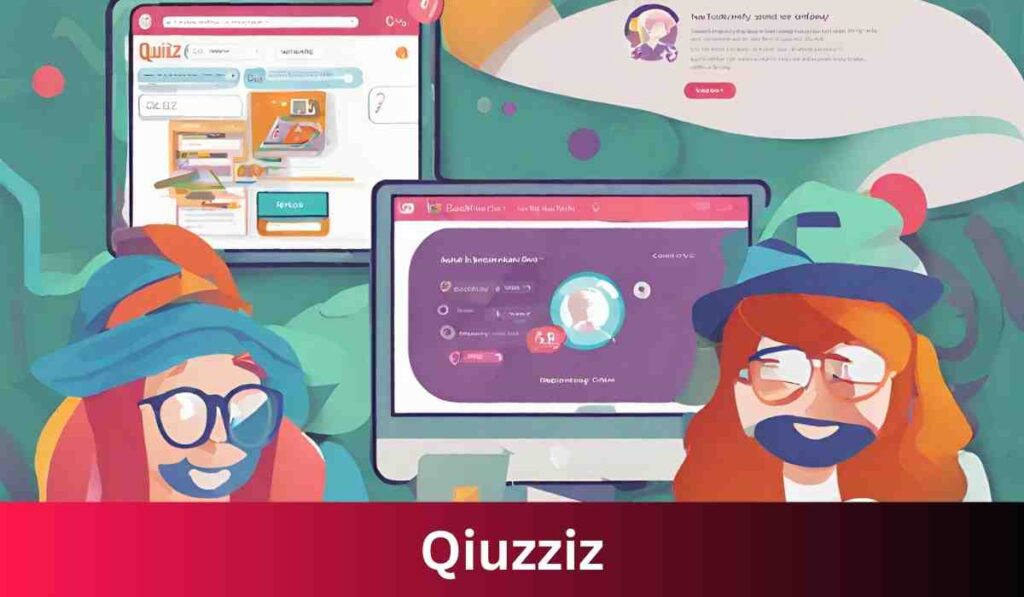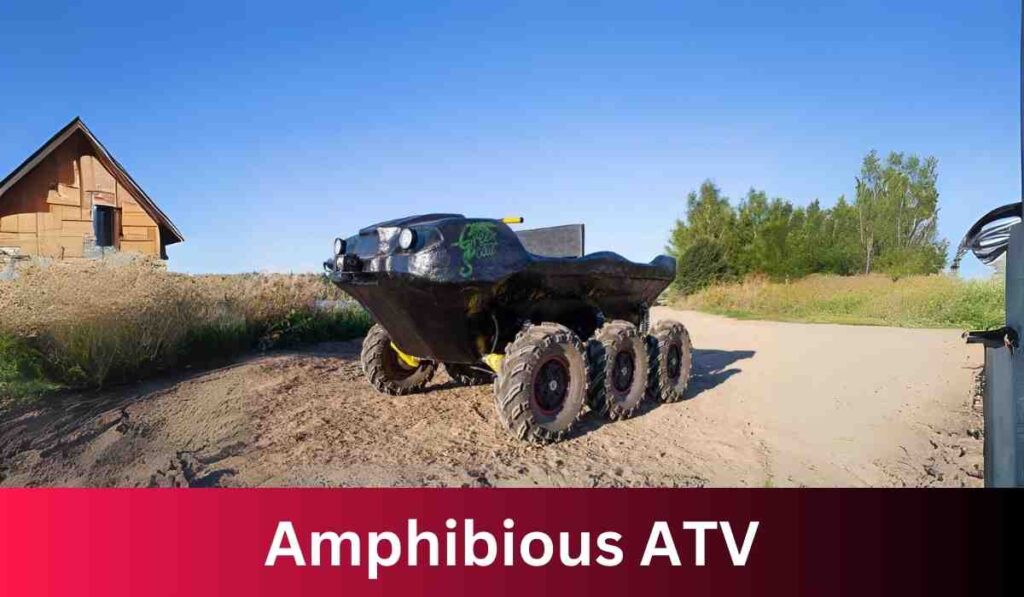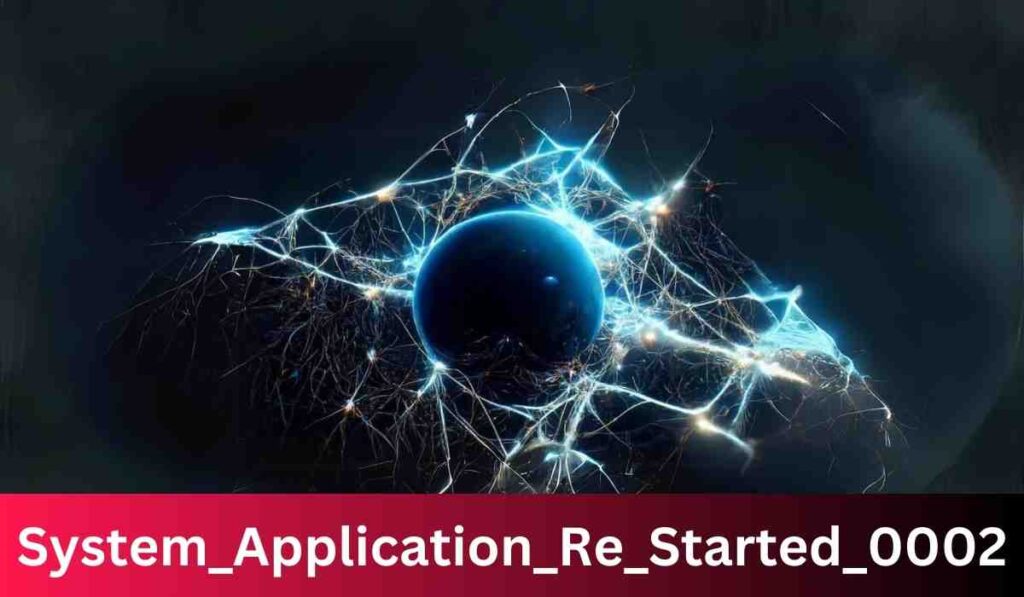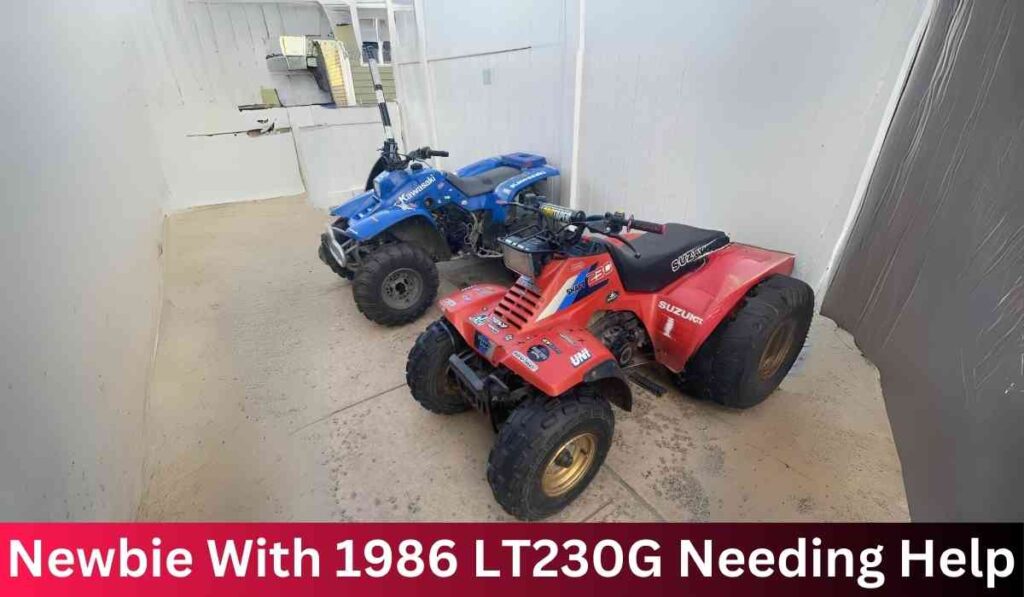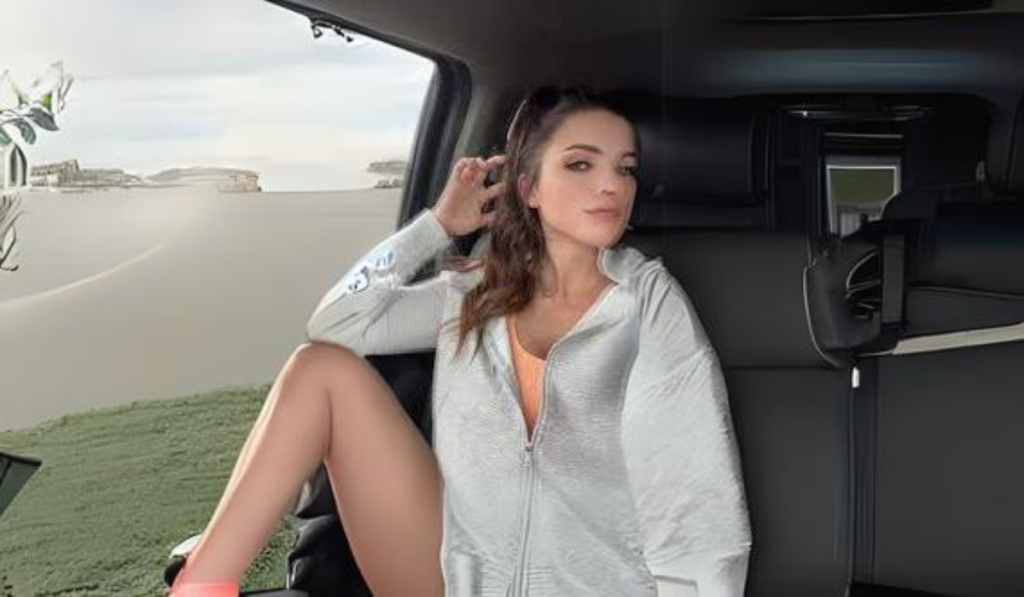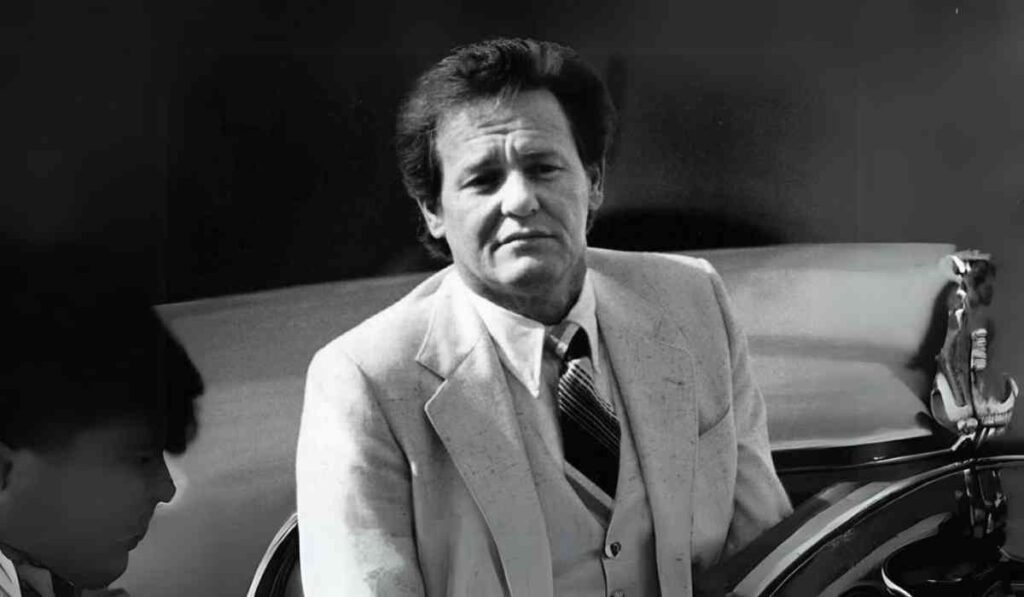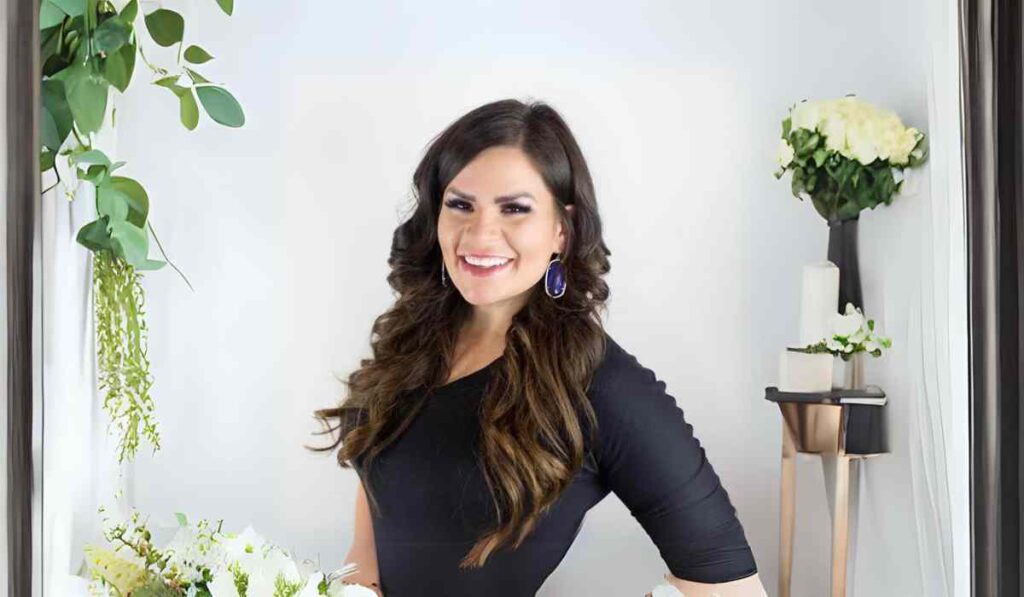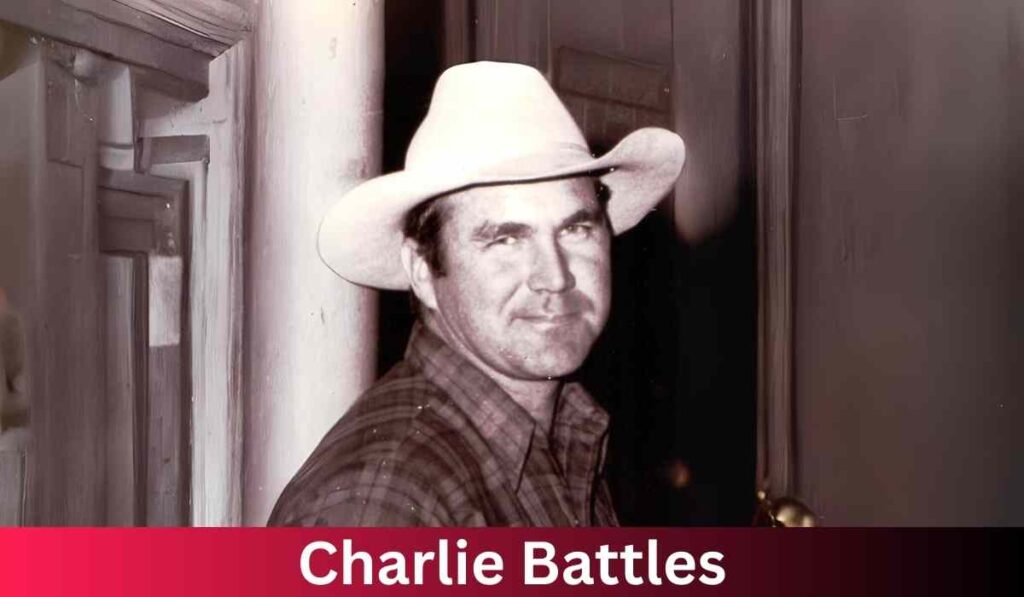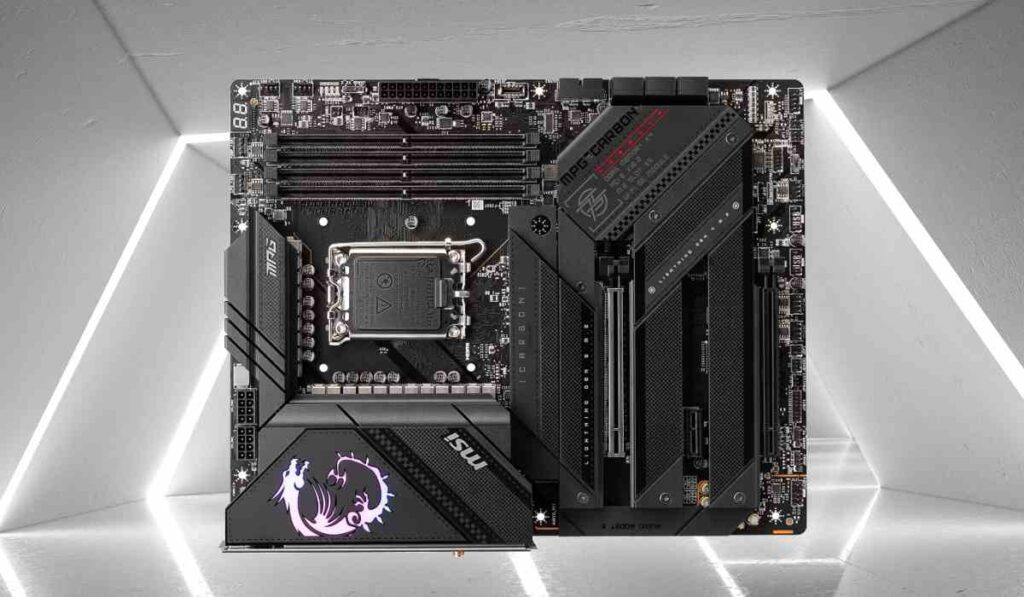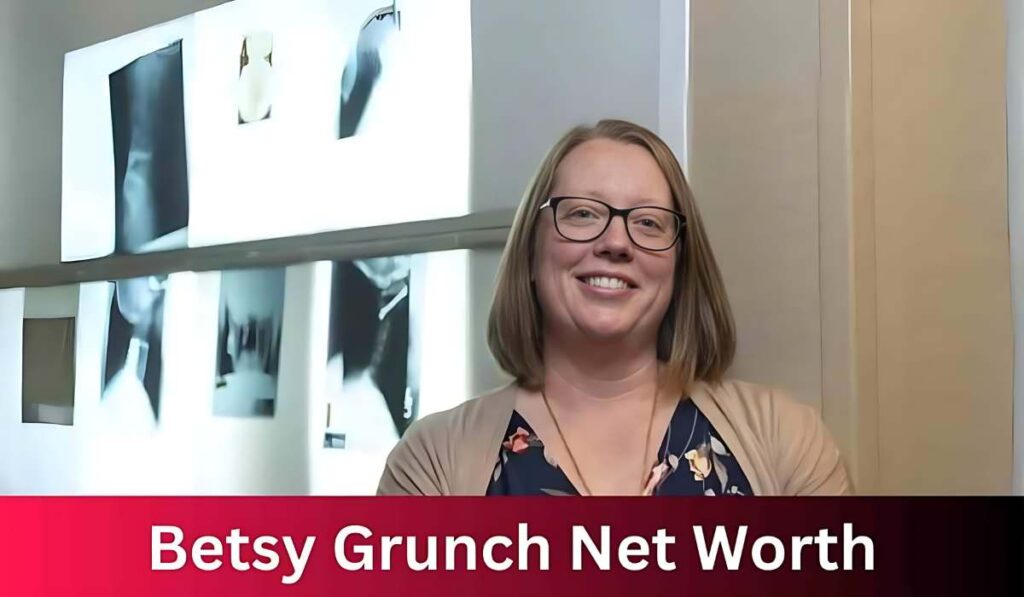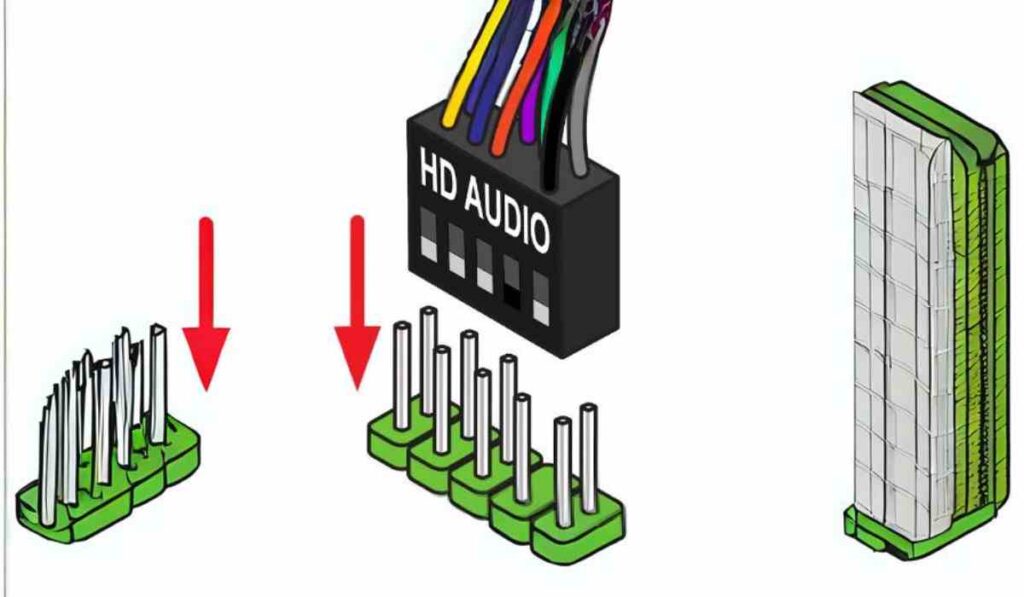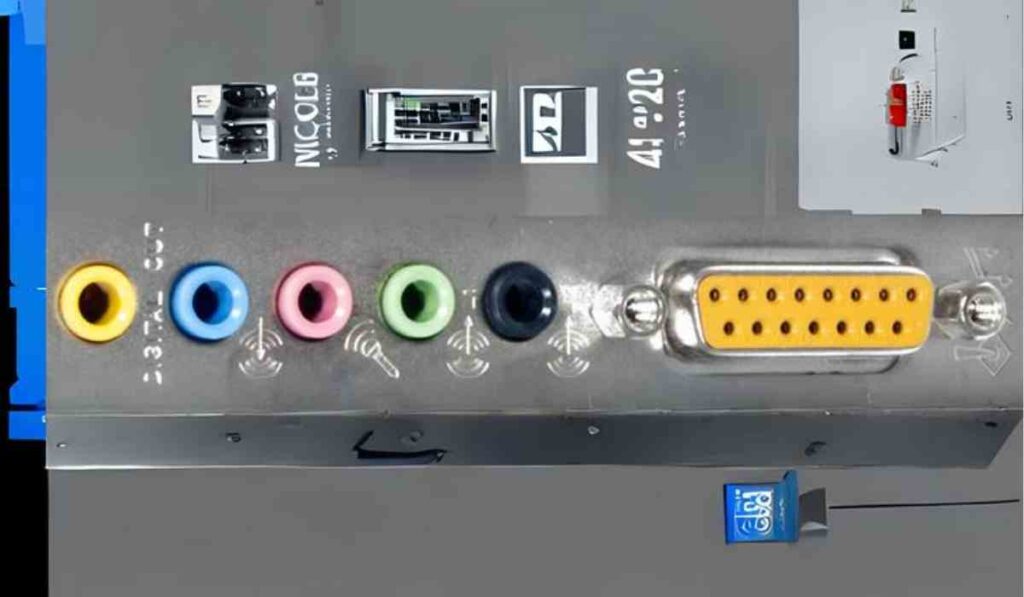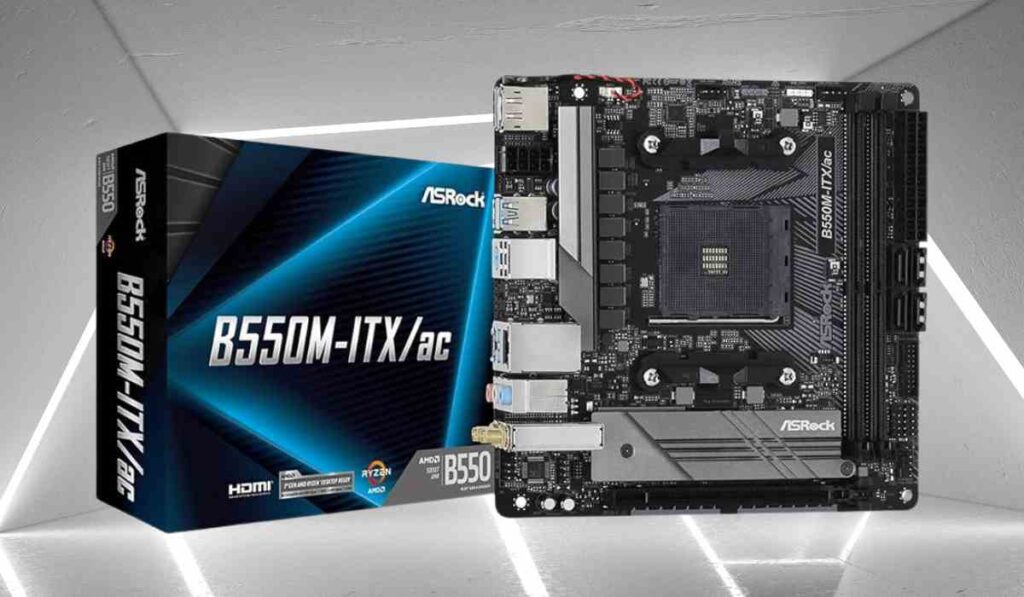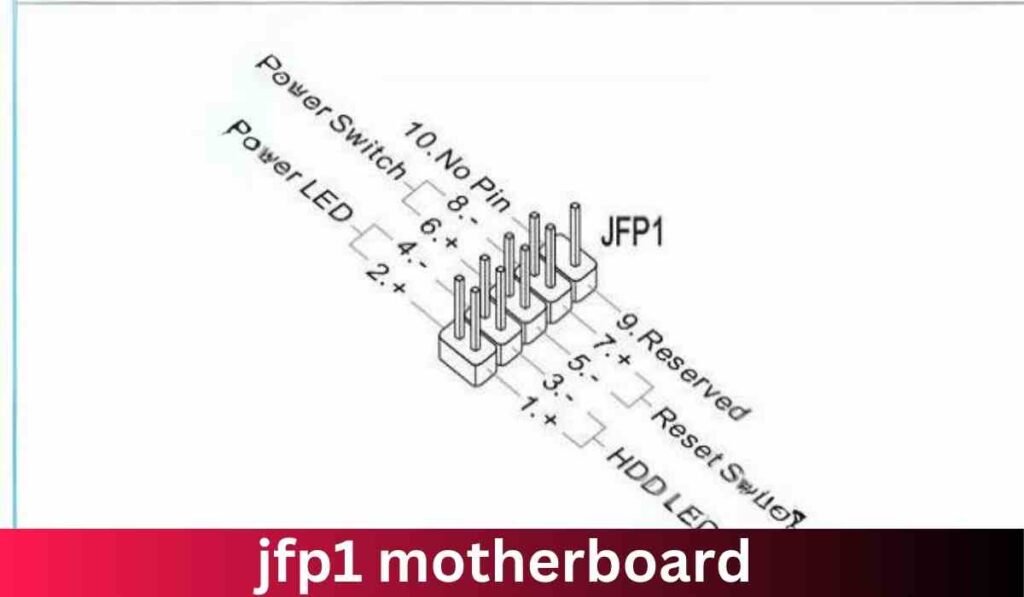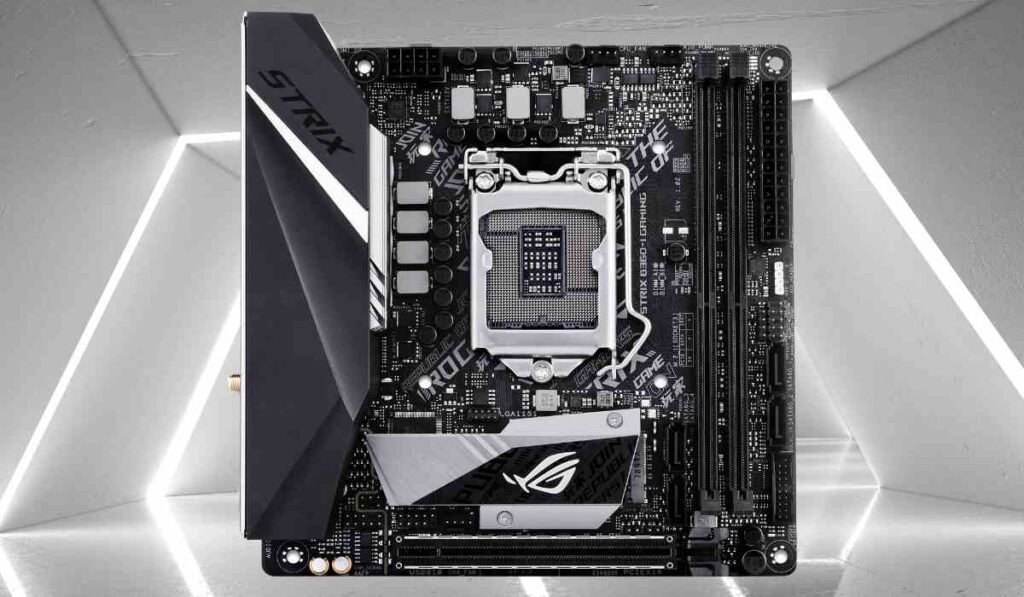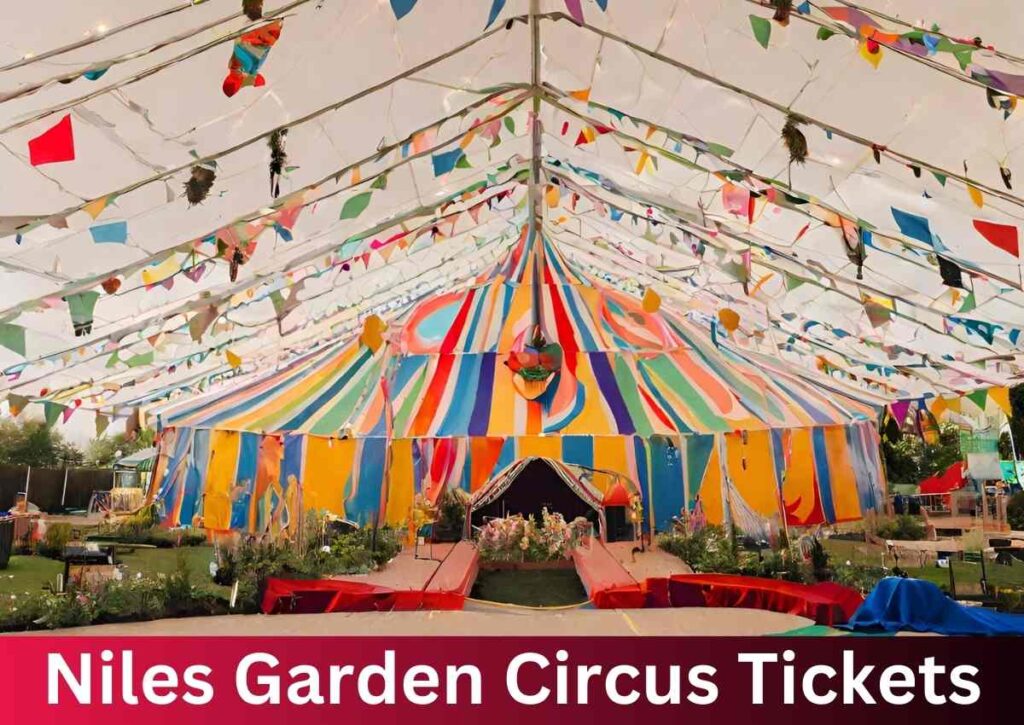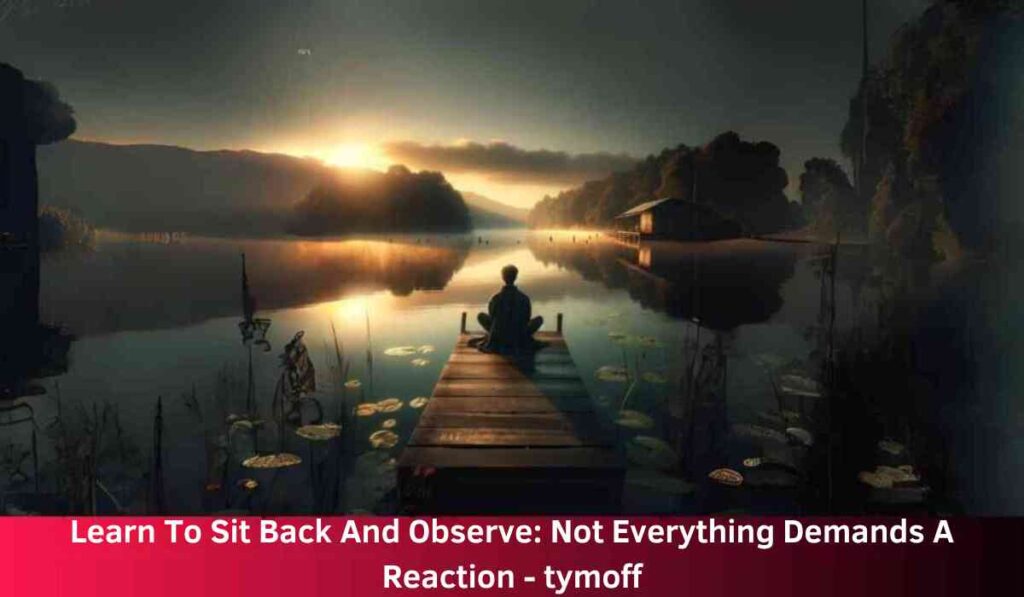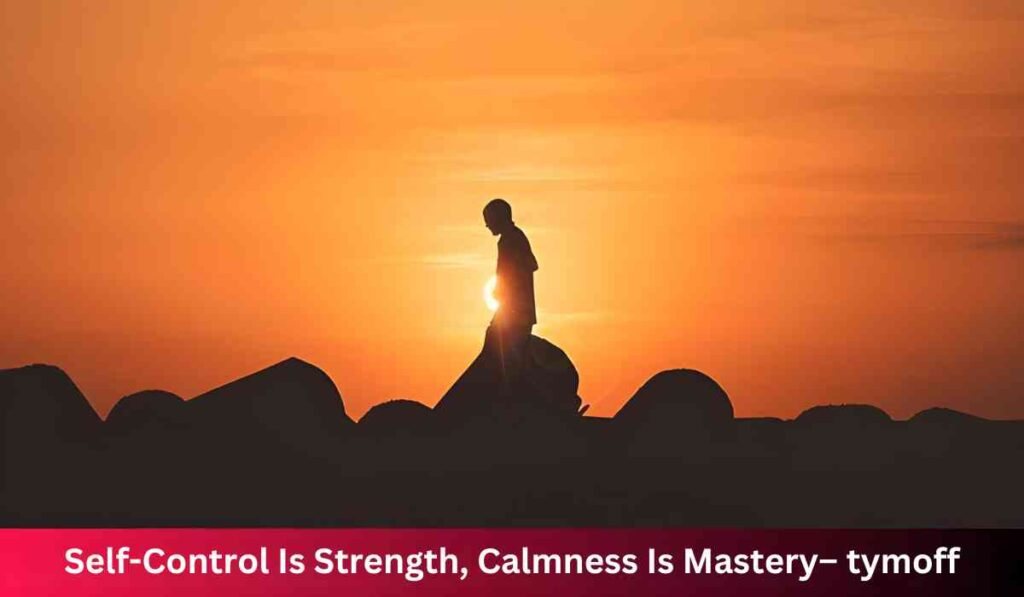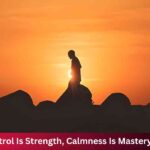Learn To Sit Back And Observe: Not Everything Demands A Reaction – tymoff
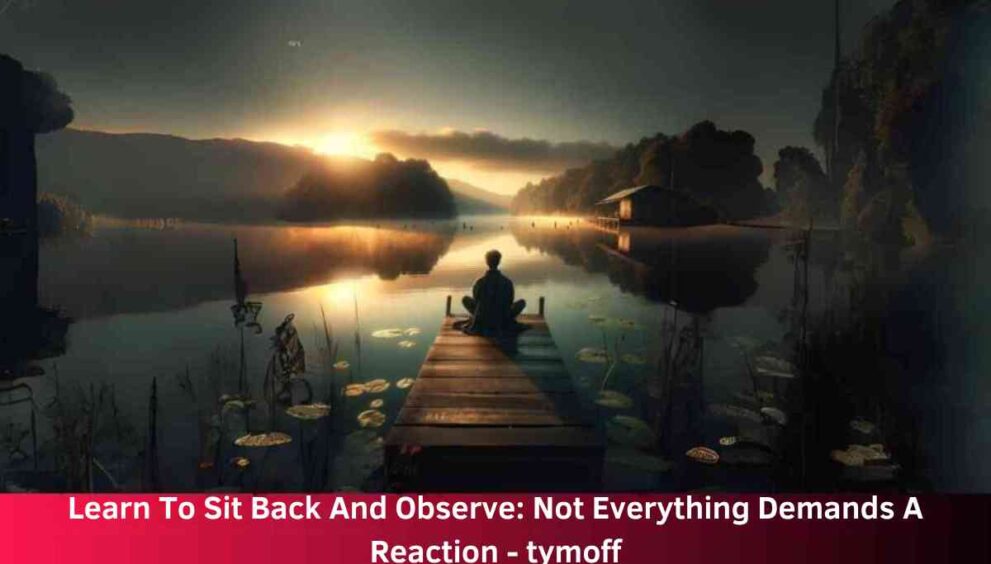
In an era dominated by constant stimulation and instant gratification, the act of pausing to observe rather than react hastily to every situation we encounter seems almost revolutionary.
The mantra “Learn To Sit Back And Observe“. Not Everything Needs a Reaction” serves as a powerful antidote to the chaos of our modern lives.
This article delves deep into the significance of this philosophy, unraveling its layers and presenting strategies to cultivate a habit of mindful observation.
Understanding the Call to Observe
At its core, the call to “sit back and observe” is a plea for mindfulness. It’s about developing an acute awareness of our surroundings,
our internal states, and the flow of life without the compulsion to immediately judge or alter the course of events.
This practice is not about disengagement or passivity but about engaging with the world in a more measured, thoughtful manner.
The Reactive Mind: Unpacking Our Instinct to Respond

Human beings are wired for reaction. Our brains are attuned to respond to stimuli, making it a survival mechanism that has evolved over millennia.
In contemporary society, this instinct can manifest as a knee-jerk reaction to every email, social media notification, or change in our environment, often leading to stress and decision fatigue.
However, not every situation necessitates an immediate response. More often than not, a pause can provide space for a more considered, effective approach.
This space allows us to differentiate between what demands our attention and what can wait, reducing the clutter of constant reactivity in our minds.
Cultivating Observation: A Path to Mindfulness
To foster a culture of observation over reaction, we must first understand the practice of mindfulness. Mindfulness is the art of being fully present and engaged in the moment, without overthinking the past or future.
It’s about noticing the details of our environment, the nuances of our interactions, and the subtleties of our internal experiences without immediate judgment or action.
Practical Steps to Mindful Observation:
- Start Small:
Begin by observing simple things around you. It could be the texture of the leaf, the pattern of your breath, or the myriad of sounds in a quiet room. The goal is to be present and aware.
- Engage Your Senses:
Use all your senses to observe. What do you see, hear, smell, touch, or taste? Engaging multiple senses deepens the observation and anchors you in the present moment.
- Embrace Stillness:
Find moments of stillness in your day to just be. Even a few minutes can be profoundly refreshing and provide clarity.
- Journaling:
Writing down observations can enhance mindfulness. It encourages a deeper reflection on what you notice around and within you, fostering a habit of contemplation over reaction.
- Mindful Listening:
Practice listening to understand, not to reply. In conversations, focus entirely on the speaker, observing their words, tone, and body language without formulating your response while they speak.
The Ripple Effects of Observation

Adopting a stance of observation has profound impacts on our lives:
- Stress Reduction:
By not reacting to every stimulus, we lower our stress levels, fostering a sense of calm and control over our environment.
- Enhanced Relationships:
Observation leads to better understanding and empathy, improving our interactions and connections with others.
- Informed Decision-Making:
With a clearer, more focused mind, our decisions are more thoughtful and less impulsive.
- Creativity and Innovation:
A non-reactive mind is a fertile ground for creativity. Observation allows us to see things from new perspectives, inspiring innovative solutions.
Integrating Observation into Everyday Life
Observation can be woven into the fabric of our daily routines. It’s about making a conscious choice to pause, reflect, and absorb before acting.
This doesn’t mean we become passive players in our lives. On the contrary, it empowers us to act from a place of wisdom and clarity, transforming our interactions with the world.
Deepening the Practice: Advanced Techniques for Mindful Observation
As you grow more comfortable with basic observation techniques, consider incorporating more advanced practices to deepen your mindfulness and observation skills.
- Mindful Meditation:
Dedicate time for meditation, focusing on breath or a mantra, to enhance your ability to remain present and observant. This practice strengthens the mind’s capacity to return to the present moment, reducing the tendency to react impulsively.
- Observation In Movement:
Engage in mindful walking or gentle yoga, focusing intensely on the movement of your body and the sensation of each step or pose. This form of dynamic observation reinforces the connection between mind and body, enhancing overall mindfulness.
- Nature Immersion:
Spend time in natural settings without electronic devices. Nature’s complexity and tranquility can help sharpen your observation skills, providing a rich tapestry of sights, sounds, and sensations to focus on.
- Artistic Expression:
Engage in drawing, painting, or writing as a form of observation. Artistic activities encourage you to see more deeply and reflect on your perceptions, offering a creative outlet for your observations.
The Impact of Mindful Observation on Mental Health

Practicing mindful observation has significant benefits for mental health. It can lead to reduced levels of anxiety and depression by fostering a sense of peace and detachment from the frenetic pace of daily life.
Observing without immediate reaction helps to break the cycle of stress and worry, offering a more balanced perspective on life’s challenges.
Leveraging Technology Mindfully
While technology often contributes to our reactive habits, it can also be a tool for enhancing mindfulness and observation.
Apps designed for meditation, mindfulness training, and habit tracking can support your practice. The key is to use technology intentionally, as a means to facilitate, rather than distract from, mindful observation.
Building a Community of Observers
Sharing your journey towards becoming more observant and less reactive can amplify its benefits. Engage with mindfulness groups, participate in workshops, or start a conversation with friends interested in similar practices.
A community provides encouragement, shared experiences, and accountability, helping to sustain and deepen your practice.
The Lifelong Journey of Observation
Embracing observation as a way of life is a journey that evolves over time. It’s about continual growth, learning, and adaptation.
The more you practice, the more natural it becomes, eventually integrating into all aspects of your life. This journey is personal and unique, with each step offering new insights and a deeper understanding of the world and yourself.
Developing The Skill Of Observation:
Observation is a valuable skill that can help you gain insight, make better decisions, and reduce stress.
It involves becoming more mindful and aware of your surroundings, thoughts, and emotions. Here are some steps to help you develop this skill:
Creating a Calm Environment:
To begin, find a quiet and comfortable space where you can sit or lie down without distractions. This could be a cozy corner in your home, a park bench, or any place where you can relax.
Ensuring Comfort:
Next, get comfortable by sitting or lying down in a relaxed position. Ensure that your body is comfortable and well-supported. You can sit on a chair, cushion, or the floor, whichever is most comfortable for you.
Focusing On Breath Awareness:
Close your eyes if you feel comfortable doing so and begin to pay attention to your breath.
Feel the sensation of the breath as it enters and leaves your nostrils or the rise and fall of your chest and abdomen.
Observing Thoughts:
As you continue to breathe, allow your thoughts to come and go without judgment. Don’t try to control or change them. Simply observe them like clouds passing through the sky.
Noticing Emotions:
Pay attention to any emotions that arise. Whether it’s happiness, sadness, anxiety, or boredom, acknowledge the emotions without trying to suppress or amplify them.
Engaging The Senses:
Gradually bring your awareness to your senses. Notice the sounds around you, the sensations in your body, the temperature of the room, and any smells or tastes.
Engaging your senses can help ground you in the present moment.
Practicing Non-Judgment:
One of the key aspects of observation is non-judgment. Try not to label your thoughts, emotions, or sensations as good or bad. Instead, see them as natural and passing experiences.
Extending The Practice:
You can gradually extend the duration of your observation practice. Start with a few minutes and work your way up to longer sessions, such as 10, 20, or even 30 minutes.
Incorporating Mindfulness Techniques:
Consider incorporating mindfulness techniques such as body scanning, loving-kindness meditation, or guided visualizations into your observation practice.
These can deepen your awareness and help you stay present.
Practicing Patience:
Learning to sit back and observe is a skill that takes time and practice. Be patient with yourself and avoid getting frustrated if your mind wanders or if you find it challenging at first.
Making Observation A Habit:
Try to make observation a regular part of your routine, whether it’s daily or a few times a week. Over time, you’ll notice improvements in your ability to observe and stay present.
Observation As A Path To Well-Being:
Learning to sit back and observe can lead to increased self-awareness, reduced stress, better decision-making, and improved overall well-being.
It’s a skill that can benefit various aspects of your life, from personal relationships to work and problem-solving.
FAQS
Why do I sit back and observe?
By observing and taking a step back, We empower ourselves to understand situations better. This approach aids in making informed decisions, promoting understanding, and avoiding conflicts.
Does everything need a reaction?
No, not everything needs a reaction. Many situations benefit from reflection, observation, or even inaction. Reacting to everything can lead to unnecessary stress and may not always be the most thoughtful or productive response.
How do I learn to sit back and observe?
Simple mindfulness exercises, such as focused breathing or taking short breaks to observe surroundings, can make a significant impact.
How do you train yourself to sit properly?
When seated, keep your back straight and your feet flat on the ground. Try to keep your knees and your hips level.
Why is sitting back and observing important in decision-making?
Observation is crucial for decision-making, offering valuable insights. By taking a moment to observe, we collect information, weigh various perspectives, and improve decision-making. This prevents impulsive reactions, leading to better outcomes in life.


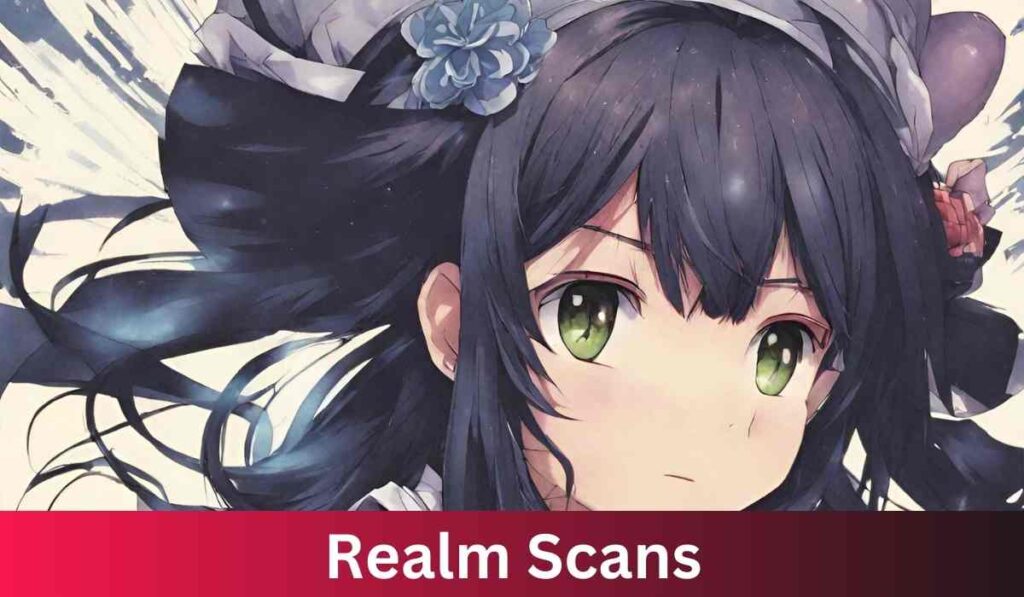





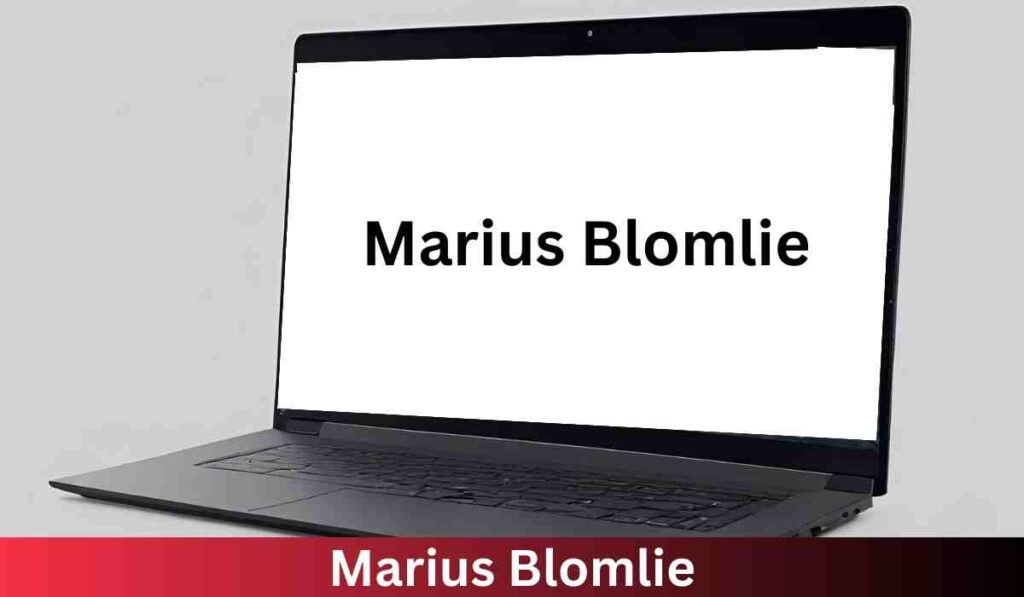


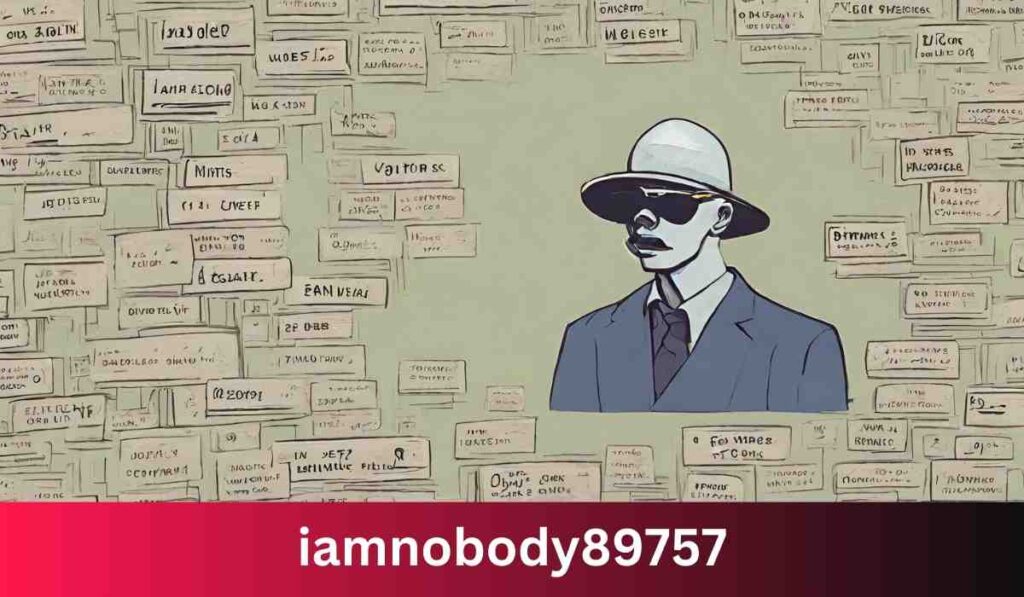





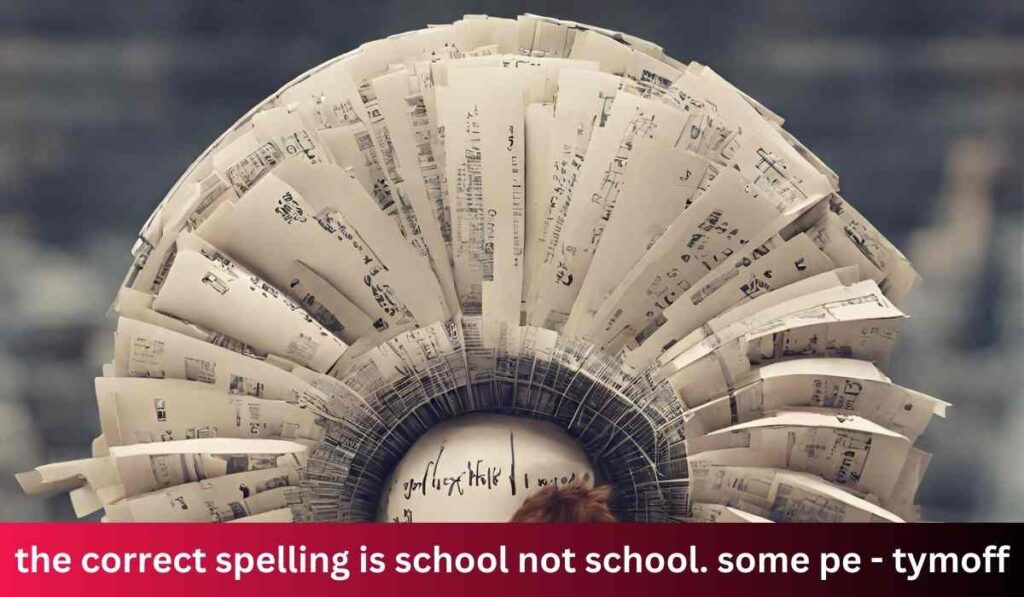

















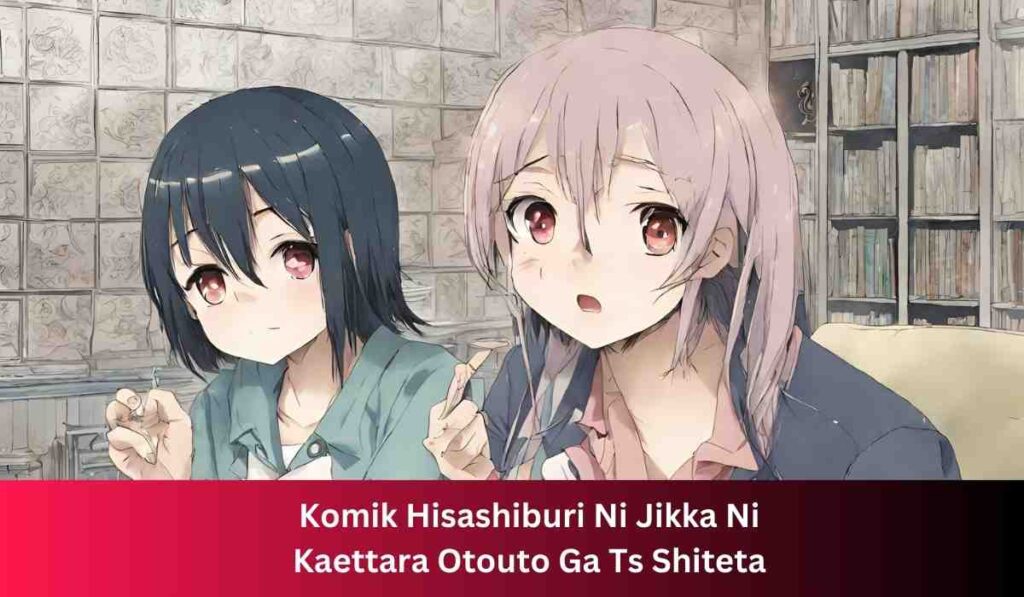






















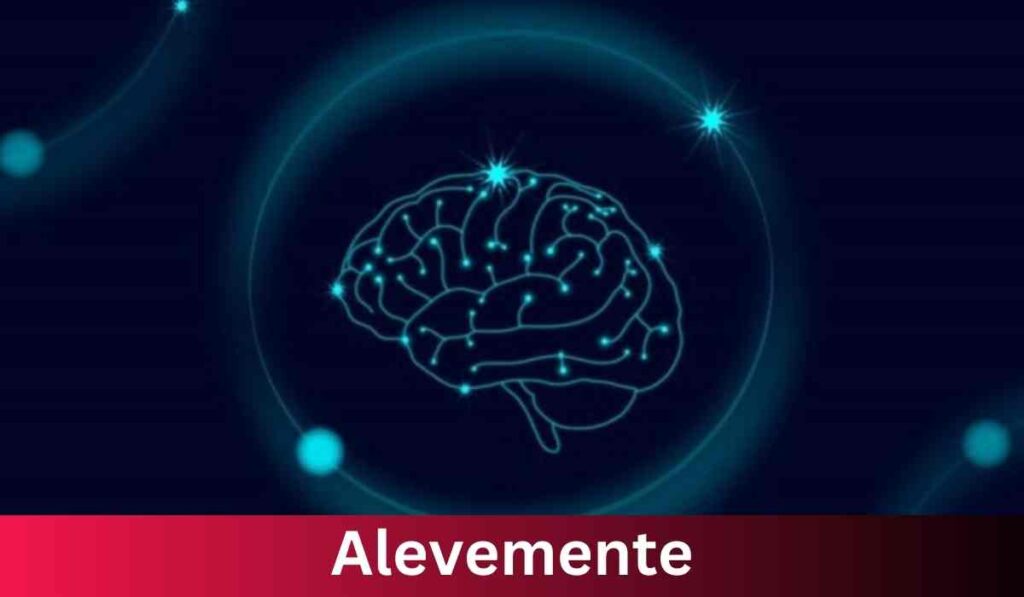






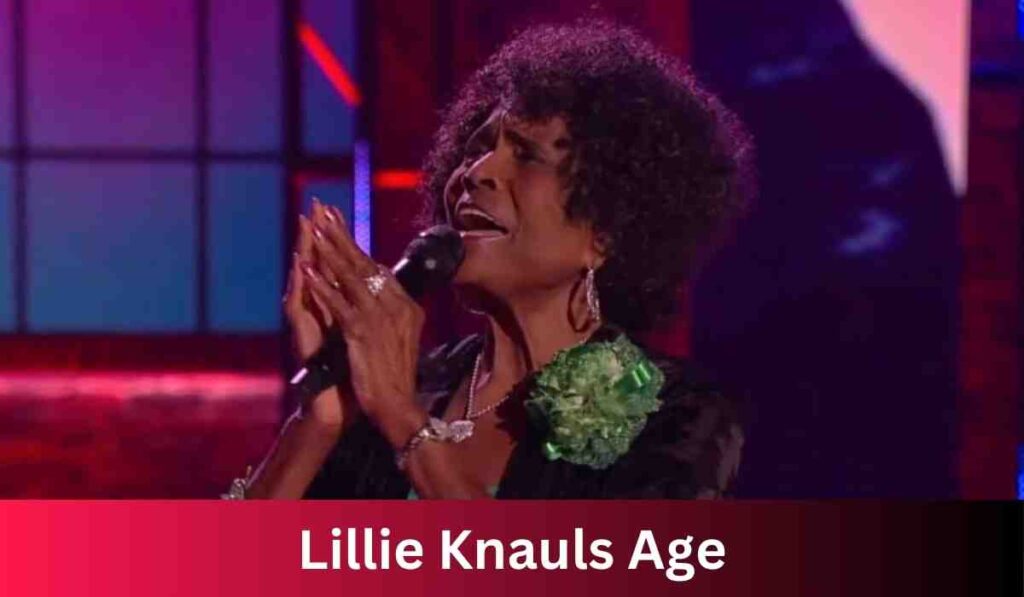



























































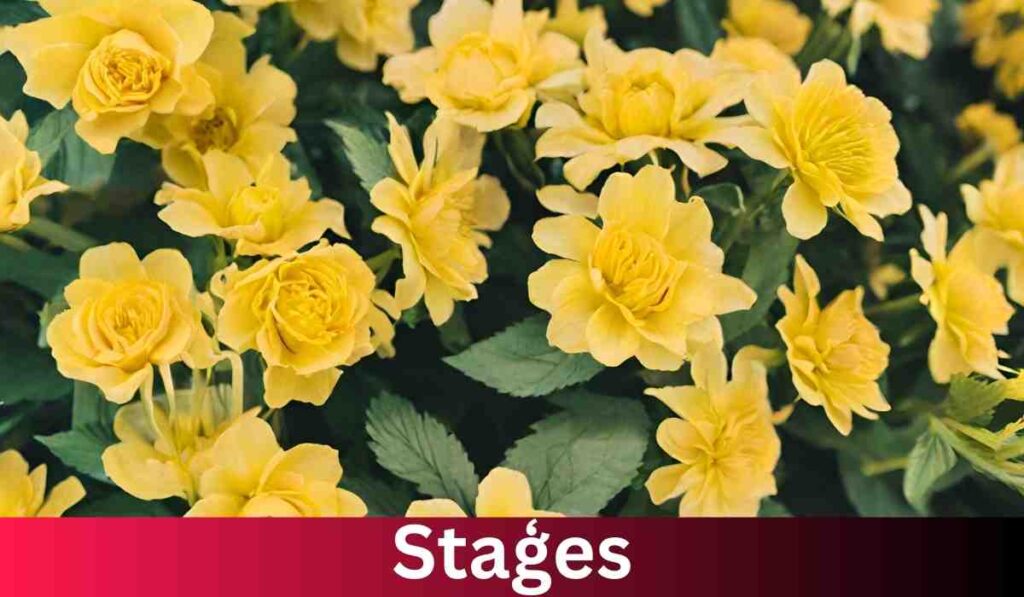


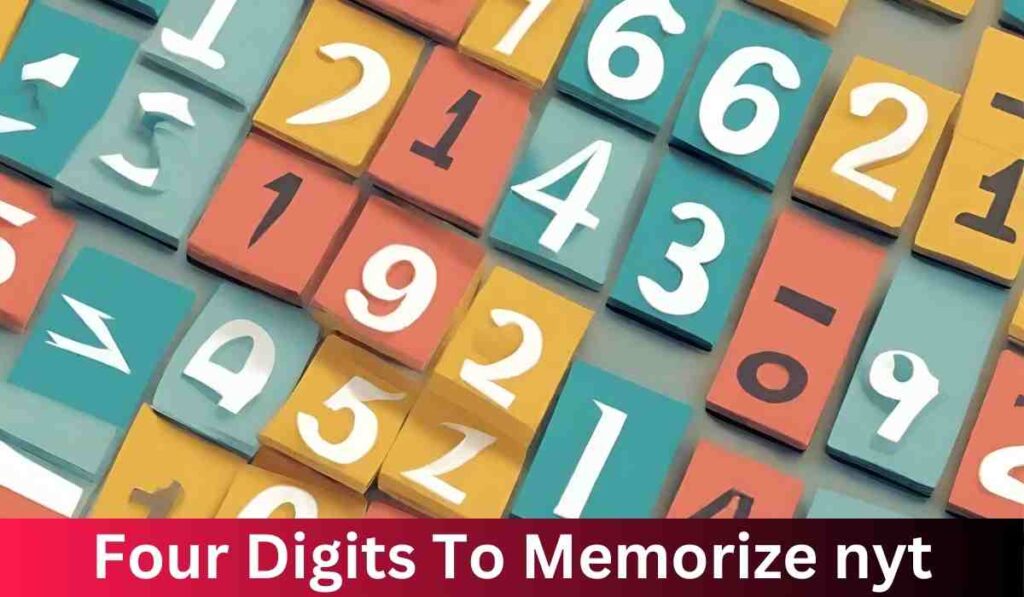
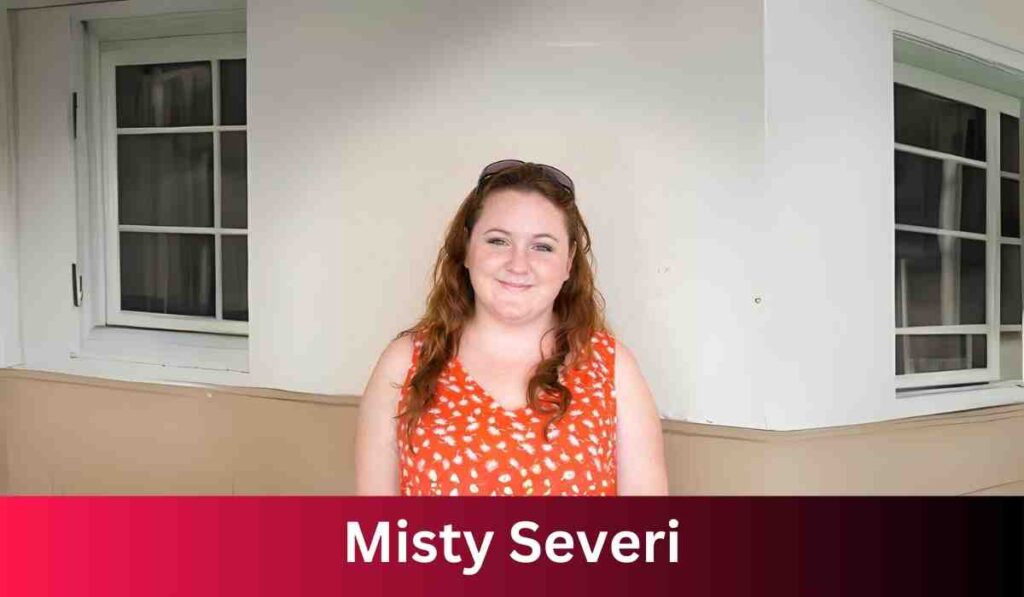




















![[noblocc] Kicked For Being AFK](https://everytalkin.com/wp-content/uploads/2024/02/noblocc-Kicked-For-Being-AFK-Strategies-in-Online-Gaming-1024x597.jpg)






